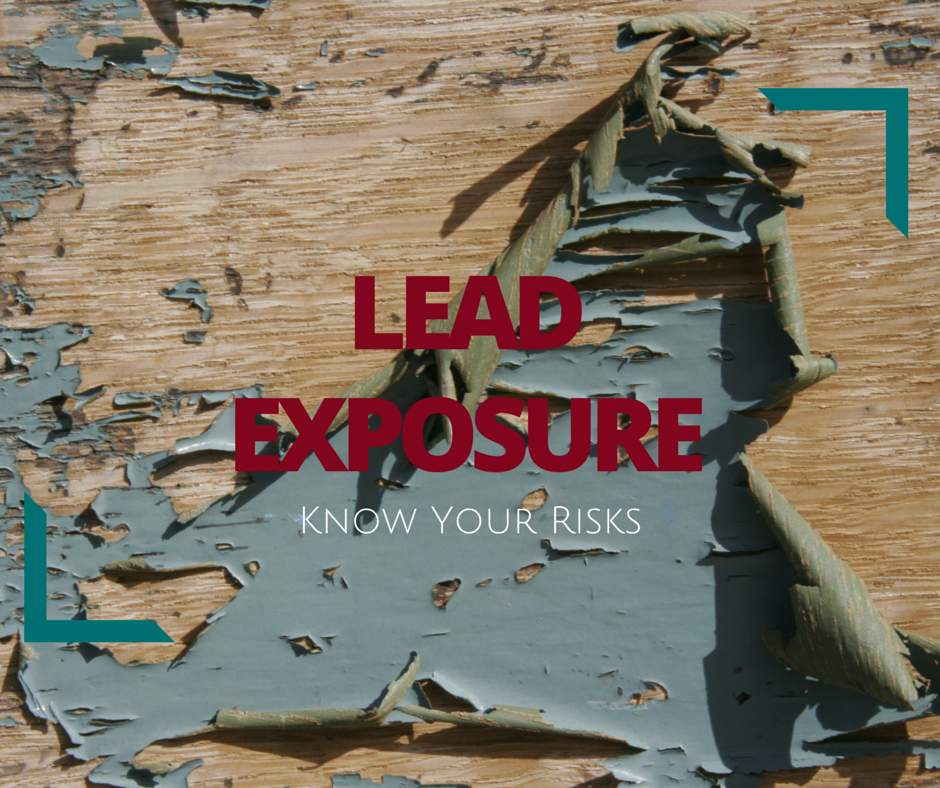Minimizing risks: Education, testing part of lead exposure screening event

While many of the causes of lead exposure have been reduced in our daily lives, Dr. Marcus Jay Hanfling, assistant professor of pediatrics at Baylor College of Medicine, says there is still a need for screening and prevention, as well as education when it comes to lead exposure in Harris County.
On Saturday Aug. 15, Dr. Winnie Hamilton, director of Baylor’s Environmental Health Service, and other volunteers will offer a free lead screening at a back-to-school event held at Windsor Village United Methodist Church.
Hanfling, who also serves as medical director of the Harris Health System’s Pediatric and Adolescent Health Center, and in particular of the Environmental Health Clinic in Pasadena, said the screening consists of a small finger stick and provides immediate reads of lead levels.
“Lead is a heavy metal,” he said. “But unlike metals like iron, lead is a potential neurotoxin and exposure has been associated with neurocognitive deficits.”
Risk factors for exposure
Federal laws passed in 1978 and 1996 removed lead from residential paint and gasoline, respectively. While these were successful public health campaigns, these actions and an increased awareness of the dangers of lead exposure didn’t eradicate the problem.
Hanfling says houses built before 1978 may still have lead paint on the walls, windowsills, doors and ceiling. Sometimes the layer could be just below the newest coat of paint.
Other sources of modern lead exposure also include tin cans with lead soldering, antique glazes and clay pottery, and cosmetics like kohl, a traditional eye liner, and home remedies.
“Sometimes we see children,” notes Hanfling, “with elevated levels of lead from so-called “take-home” lead that parents unknowingly bring home from work. For example, workers involved in renovation of older homes or in sandblasting boats and bridges may be exposed to high levels of lead-containing dust, which they then bring home and unwittingly deposit throughout the home.”
Hanfling said they also see immigrant families who were exposed to lead before coming to the United States
“Family members may use heirloom items like pots that were made with leaded glaze and if you heat or store food in these items, it’s likely that the lead will leach out into the food,” he said.
Why it’s difficult to recognize
Lead poisoning at the lower levels of exposure is a relatively silent disease. In fact, lead exposure at the lower levels doesn’t have a list of physical symptoms.
The longer the exposure, however, the longer the half-life of the lead in blood and the longer it takes to excrete.
Hanfling said the exposure can go beyond blood into soft tissue and then become incorporated into bone. This is particularly problematic for children, because as they grow and the bone remodels, old bone is broken down and the lead is released in to the blood again and prolongs the exposure.
“We really strive to educate the community,” he said. “We focus on children six months old to six years old, because of their active hand to mouth activity.”
Families should contact their primary care providers if they are concerned about lead poisoning or exposure.
Hanfling says these outreach events help educate families on the various types of lead exposures and discuss ways to avoid them if at all possible. It also offers those at risk the opportunity to get tested.
Hanfling notes that “there is no safe level of lead in the blood. Federal law requires an investigation whenever we find a persistent blood-lead level greater than 5 micrograms per cubic millimeter of blood. In these instances Baylor’s environmental health team often works with the City of Houston, which has special testing equipment, to help determine the source of the exposure.”
Additional Resources
Learn more and find resources on possible environmental exposures.



